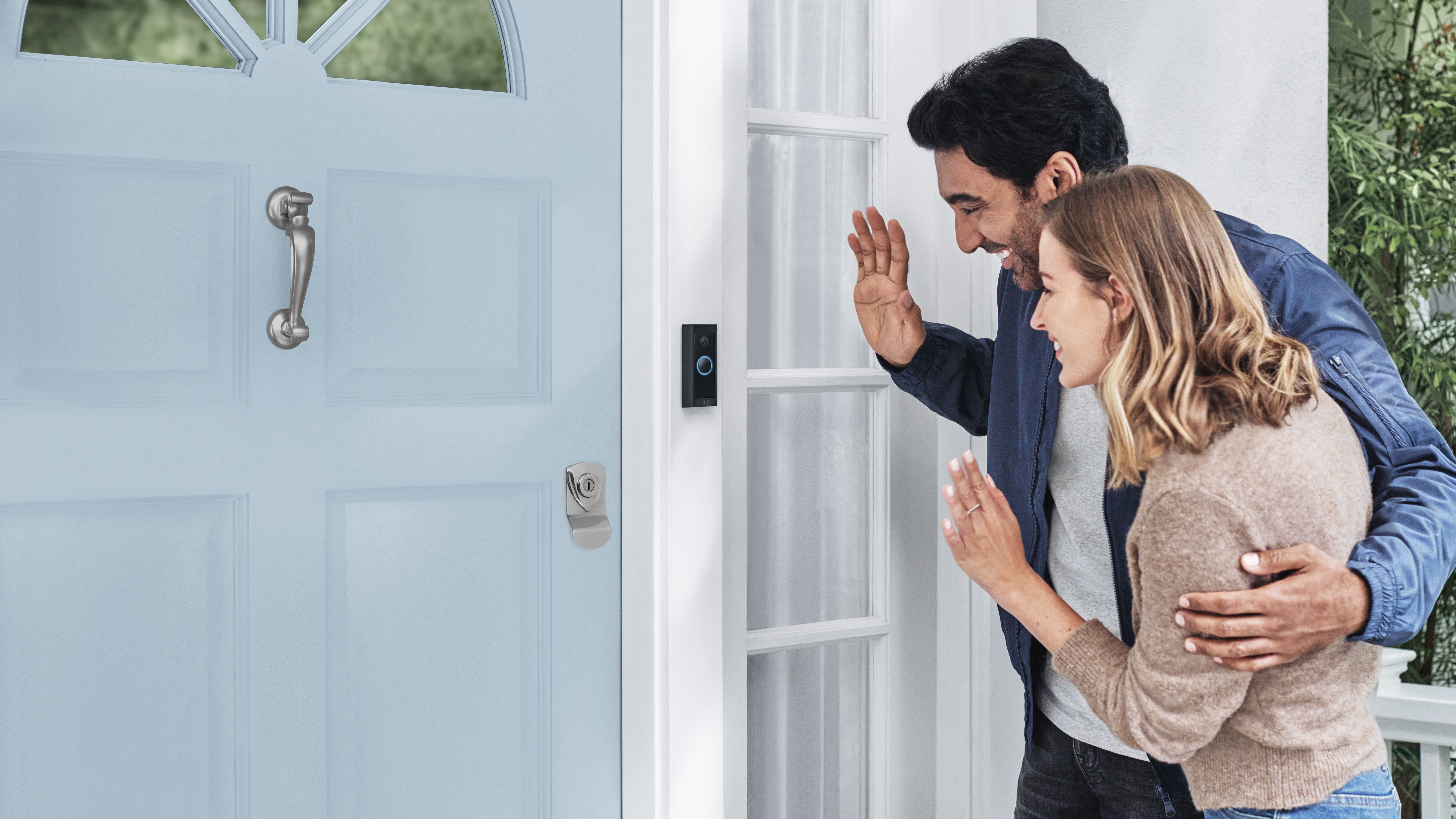6 things I wish I'd known before buying a smart home video doorbell
Thinking of going smart with your next doorbell upgrade? There's some things you might want to know about


As a massive smart home enthusiast, I've been using a variety of the best video doorbells on my home for years now.
And, during that time, I've come to learn exactly what's great and not so great about video doorbells.
As such, if you're currently considering buying a video doorbell for your smart home then there are probably a few tidbits of information that I can pass on that might prove useful to you.
1. You should go wireless unless you're an electrician
The cheapest models of video doorbell are, almost always, wired varieties. Now, wired video doorbells obviously offer the convenience of being powered by your mains electricity supply. This means they are always on and never need their batteries recharging. However, are you comfortable wiring a product into your mains electricity supply? Exactly.
2. Your product will likely get worse after 1-to-3 months
This is probably the most frustrating thing about the majority of video doorbells on the market. Each tend to come with a 1-to-3 month free trial to a paid-for, cloud-based subscription service from the brand, often offering unlimited cloud video storage or extra features. I'm not a fan of these subscription services, and never sign up for them, and that means that every time I hook up a new video doorbell, I then watch as after a short time period, I suddenly lose features and functionality. And, I'm sorry, but that just feels naff.
3. Notifications are great, but also not great
One of the best things about video doorbells is that they automatically supply you with notifications for when someone approaches your front door, with motion sensors triggering the camera to turn on recording and notify you of the approach. This really is great. But, you know when it isn't great? When you get pinged 17 times in 5 minutes when your partner has a doorstop convo with the next-door neighbor. Curating when you receive notification is therefore key, but even on their most limited settings, there will end up times when your phone will buzz for no good reason.
4. Speaking to delivery drivers while away from home is super useful
The thing I've found most useful while owning a video doorbell is that I've been able to talk to delivery drivers even when not at home. And this has led me to miss far fewer deliveries than when I just had a non-smart doorbell installed. Being able to say "hey, delivery driver, I'm not in but please can you tuck the package behind the recycling bin", or "can you get it signed for by the neighbor at number 79", has meant those painful drives out to a back-of-beyond post depot have been dramatically reduced.
Get all the latest news, reviews, deals and buying guides on gorgeous tech, home and active products from the T3 experts
5. Opting for a brand with a good app is crucial
As I hinted at above when speaking about notifications, having a video doorbell with a good app that offers plenty of customization is key to having a good experience. Brands like Arlo, Ring and Nest offer good apps that allow customization in terms of catchment/recording zones, notification frequencies/type and any connected devices like chimes. If you do have access to cloud storage recordings, a good app also lets you view and search these with ease.
6. Your video doorbell probably needs a separate chime
This also may not be directly obvious to the first time smart home video doorbell buyer, but many don't come with a audible chime unit in the box. So, if you want to have your video doorbell actually play an audible ring in your home when it is pressed, and not just play out through connected smartphones, then you'll need to buy one. Arlo, for example, should be paired with an Arlo Chime, which can be plugged in to any wall socket and syncs to the doorbell wirelessly. These chime units can be customised in terms of sound played, too.

Rob has been writing about computing, gaming, mobile, home entertainment technology, toys (specifically Lego and board games), smart home and more for over 15 years. As the editor of PC Gamer, and former Deputy Editor for T3.com, you can find Rob's work in magazines, bookazines and online, as well as on podcasts and videos, too. Outside of his work Rob is passionate about motorbikes, skiing/snowboarding and team sports, with football and cricket his two favourites.